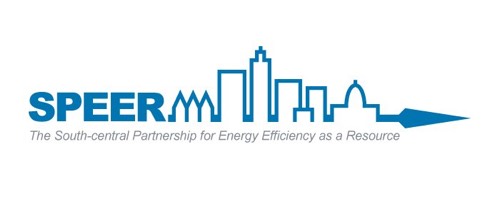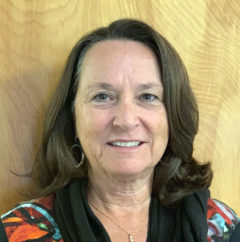Energy Foundation made its first grant to South-central Partnership for Energy Efficiency as a Resource (SPEER) in 2012.
Energy codes help to ensure that homes and other buildings are safe, healthy, comfortable, and affordable, while consuming less energy and improving air quality.
South-central Partnership for Energy Efficiency as a Resource (SPEER) operates an Energy Code Program that promotes compliance with state energy codes through education, training, outreach, and peer support to building code officials, builders, and contractors in Texas and Oklahoma.
Texas first adopted energy codes for buildings in response to the Clean Air Act in 2000, and has updated them twice, currently requiring the International Code Council’s 2015 model code as a minimum standard for all buildings, both in cities and in unincorporated areas of counties.
However, Texas is also a home rule state and with no statewide enforcement, there historically has been little compliance with the code. In 2011, with the support of the State Energy Conservation Office, SPEER launched a Texas Energy Code Compliance Collaborative, which brings stakeholders together several times a year to discuss policy, adoption, barriers, compliance, and educational needs. The group includes advocates, state agency representatives, professional associations, and associated businesses.
In 2013, when the state energy code was the 2009 IECC, SPEER conducted a study and found fewer than 36 percent of buildings permitted were in cities that had implemented or enforced the code requirements. Jurisdictions were either unaware that the state had a statewide energy code or didn’t have the resources to promote energy code adoption to elected officials and builders.
“With the adoption of the 2015 IECC in 2016, we accelerated our program to reach out to city code officials, as well as local builders and contractors, to provide resources and encourage best practices,” says SPEER Executive Director Christine Herbert. “We now support an online toolkit with various resources and an ‘Ask an Expert’ line that allows practitioners to call in issues and get technical assistance.”
SPEER also delivers in-person training and bi-weekly webinars, reaching over 7,000 participants over the past three years. To reach all parts of the sprawling region, SPEER has recruited building industry professionals to become “boots on the ground,” and has provided this volunteer army of 35 SPEER Energy Code Ambassadors with advanced training in the energy codes. SPEER also publishes a table of Texas cities and their adopted codes.
“Today, we can report that over 90 percent of the permitted homes in Texas are built in cities that are implementing and enforcing codes equivalent to the 2015 IECC said Herbert. “The impact of good building practices and a skilled workforce are worth the investment in Texas.”
“Promoting energy efficiency codes and compliance in the built environment is key to ensuring healthy, comfortable, durable, and affordable homes and businesses.” said Sierra Martinez, the Energy Foundation’s Program Director, Energy Efficiency. “Grantee SPEER plays a vital role in this work.”

